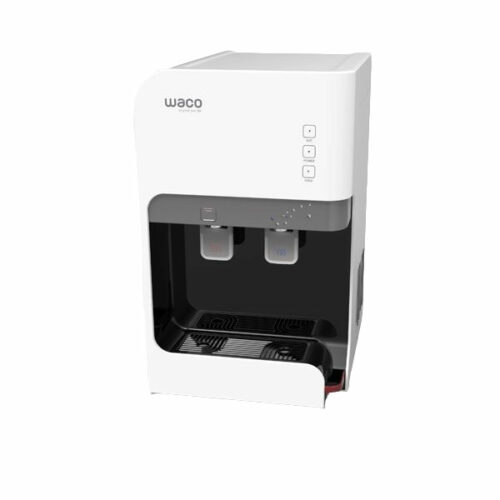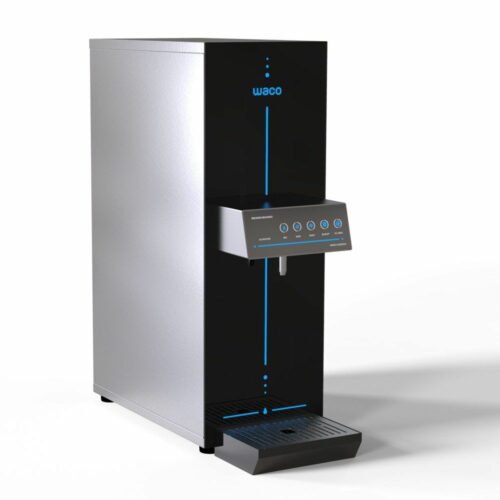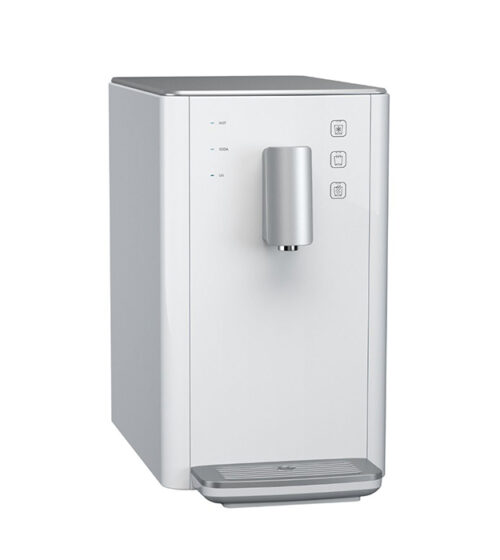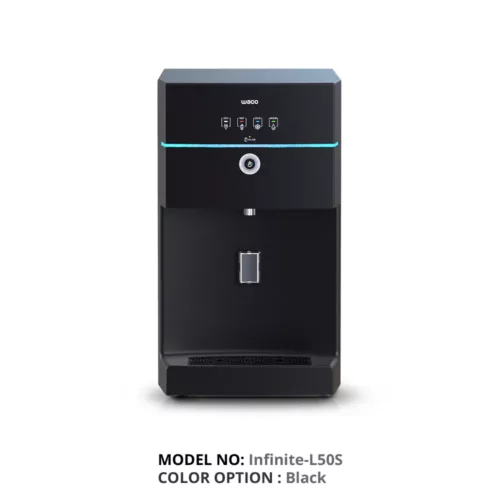Chlorine was initially added to drinking water in the USA as early as the 1900s. This resulted in the virtual eradication of certain common water-borne diseases and had a dramatic effect in improving the health of the general population in the following years. Chlorine is very effective at eliminating pathogens and disease and is also easily controlled and monitored. Its properties mean that is also retains a residual level in the water supply distributed which continues the process of protecting water from organisms and pathogenic bacteria which might otherwise be present. Because of these characteristics chlorine has long been hailed as an extremely effective disinfectant agent.
Water purification using chlorine
This method is commonly used to treat private water wells. Other common methods such as reverse osmosis, distillation, and ultra-violet treatments are also used. The quality of the local water supply, costs and availability are normally some of the influencing factors as to which method is selected for drinking water treatment.
Are there any risks with chlorine in drinking water?
Some people have noted that using chlorine to disinfect drinking water can result in a smell or taste which is not considered pleasant. Not surprisingly, it can change the taste of some drinks such as tea and coffee in some cases. It can also dry out skin and hair. However, chlorine does not pose any health threat and is considered to be safe in the amounts which are commonly present in drinking water supplies.
There are potential issues related to the formation of DBP (disinfectant by-products) which are normal for any type of chemical disinfectant. Much depends on the quality of the water supply in question, the exact method used to treat the drinking water and many other aspects which are particular to certain local areas. Some DBPs are considered to be carcinogenic although not all of them.
What affects the quality of drinking water?

There are, however, various methods of filtration which can be applied at home or in the work place in order to remove or reduce the amount of chlorine which is found in drinking water. Such water filters can be effective in reducing the taste and smell that chlorine can sometimes produce, and may make drinking water more palatable for some people.




